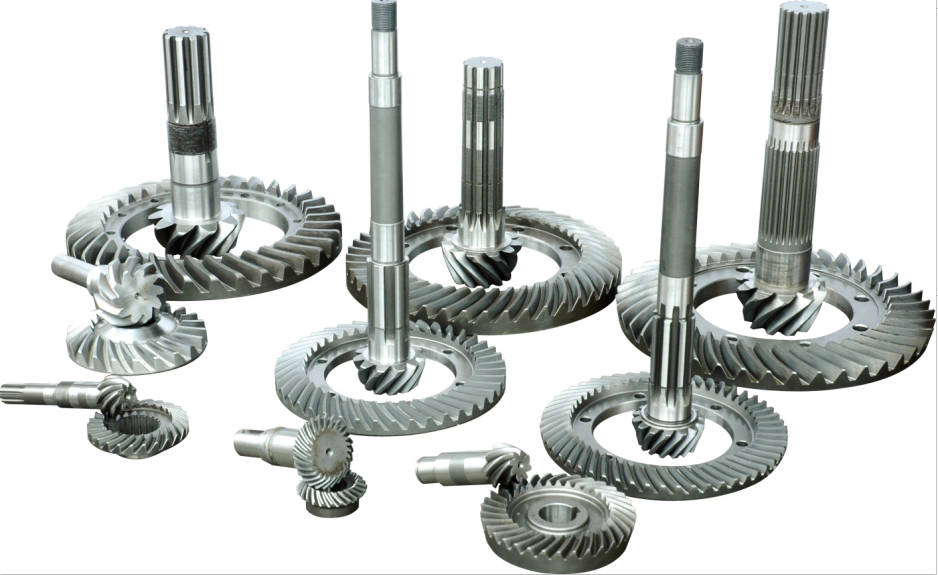
Worm gear manufacturing has seen various innovations and advancements over the years, enabling the production of high-quality gears with improved performance and reliability. Here are some key innovations and best practices in worm gear manufacturing:
1. Advanced Gear Cutting Techniques:
- CNC Gear Hobbing: Computer Numerical Control (CNC) gear hobbing machines offer precise control over the cutting process, resulting in accurate gear tooth profiles and improved surface finish.
- Gear Shaping: Gear shaping machines use cutting tools to generate the gear teeth progressively, ensuring high accuracy and better control over tooth geometry.
2. High-Quality Materials:
- Selecting the right materials for worm gears is crucial for their performance and durability. High-strength alloy steels, such as case-hardened steels or nitrided steels, are commonly used to improve gear strength and wear resistance.
- Heat Treatment: Applying appropriate heat treatment processes, such as carburizing, quenching, and tempering, enhances the hardness and toughness of the gear materials, improving their overall performance.
3. Precise Gear Grinding:
- Gear grinding processes, such as continuous generating grinding or profile grinding, ensure precise tooth geometry and improve gear surface finish. Grinding removes any distortions or inaccuracies from the gear teeth, resulting in smooth and accurate gear operation.
4. Advanced Gear Inspection Techniques:
- Coordinate Measuring Machines (CMM): CMMs are used to measure and verify gear tooth profiles, dimensions, and other critical parameters with high accuracy. This ensures that the manufactured gears meet the required specifications.
- Optical Metrology: Optical measurement techniques, such as laser scanning and digital microscopy, enable precise and non-contact inspection of gear surfaces, tooth profiles, and surface finish.
5. Quality Control and Process Monitoring:
- Implementing robust quality control measures and process monitoring techniques is essential for ensuring consistent quality in worm gear manufacturing. This includes regular inspection of gear components, process parameter monitoring, and adherence to industry standards and specifications.
6. Advanced Simulation and Modeling:
- Computer-Aided Design (CAD) and Computer-Aided Manufacturing (CAM) software enable precise modeling and simulation of worm gears, allowing manufacturers to optimize gear designs, predict performance, and identify potential issues before production.
7. Continuous Improvement and Knowledge Sharing:
- Emphasizing continuous improvement practices and fostering a culture of knowledge sharing within the manufacturing organization is crucial. This involves encouraging feedback from operators, investing in training and skill development, and actively seeking innovative solutions to improve gear manufacturing processes.
Adhering to these best practices and incorporating the latest manufacturing technologies and techniques can significantly enhance the quality, performance, and reliability of worm gears. Manufacturers should continuously evaluate and adopt new advancements to stay at the forefront of worm gear manufacturing, ultimately delivering gears that meet the demanding requirements of various industries.
